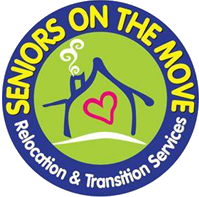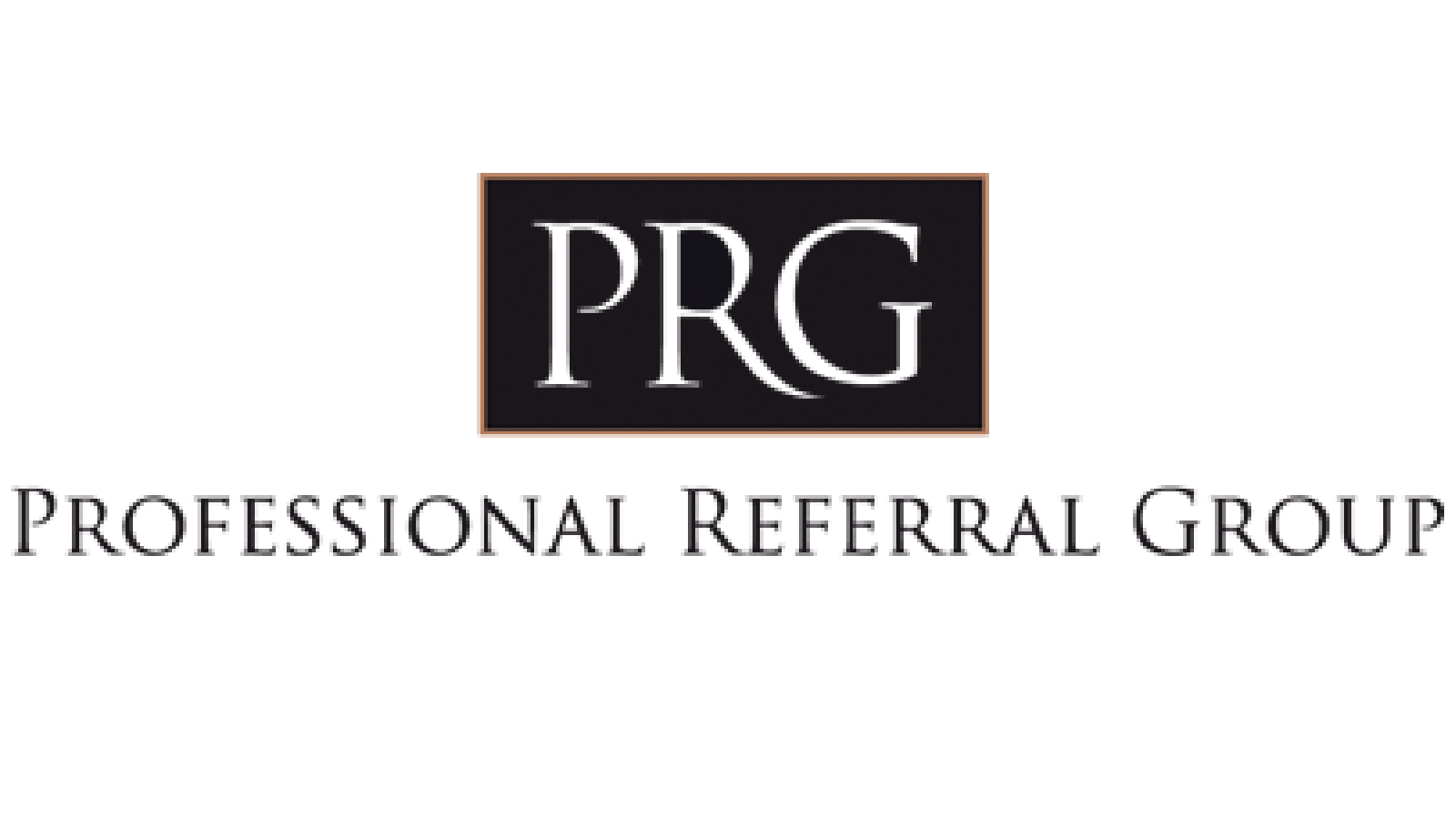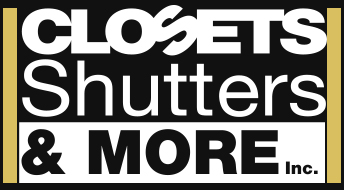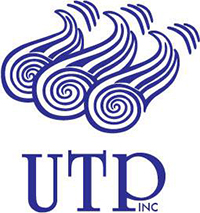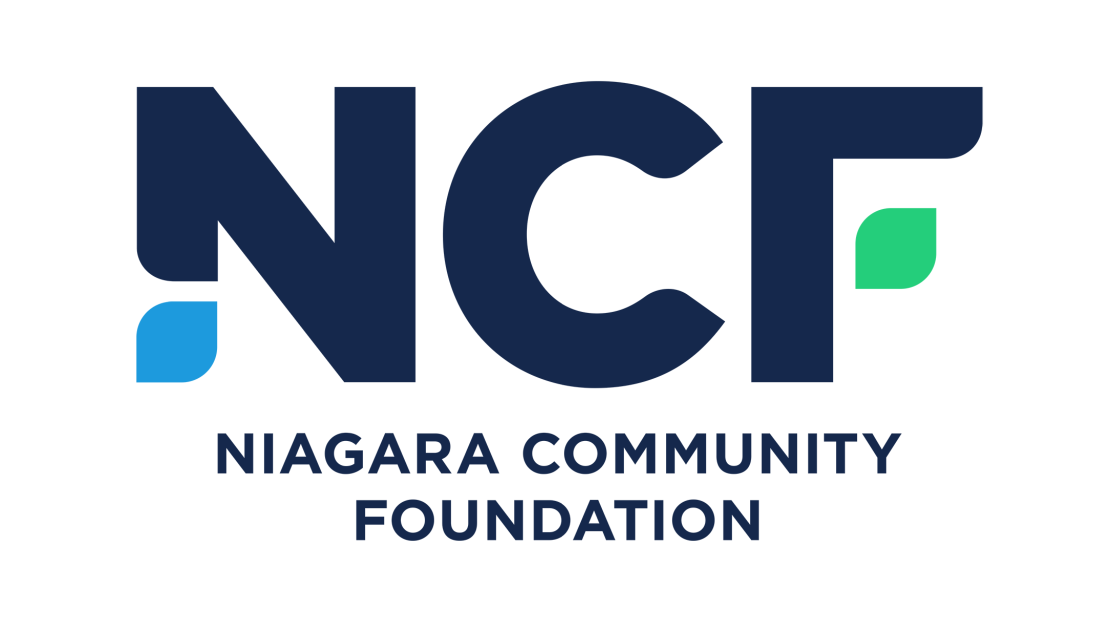Before the days of GPS, travelers asked locals to point out the right path. You may find yourself in a similar situation with your financial strategy. This map with clear milestones can help guide you.
Milestone 1: Build a base
First, build a foundation.
- Save a month of expenses in emergency savings. Small disruptions can happen. Consider keeping your emergency savings in an account separate from your everyday spending.
- Take advantage of employer matches in employer-sponsored savings plans. An employer match is a powerful tool. Review savings benefits offered by your employer and contribute the full amount to maximize the benefit.
- Pay down high-interest, non-deductible debt. Debt, like credit card balances, is likely to cost you more in interest than you can expect to earn on investments. To save interest and pay debt sooner, commit cash to pay debt with the highest interest rate first.
To make it easier, automate as much as you can. For example, divert some pay directly into an emergency savings or retirement account and set up automatic payments for debt.
Milestone 2: Gain stability
Build the momentum gained in Milestone 1.
- Save up to two months’ worth of expenses in emergency savings. Not only will this help you cover larger, unexpected expenses or longer periods of lost income, it can also help you weather multiple events.
- Save 10% to 15% of your gross income (including employer match) in retirement accounts. You’re already receiving your employer match, but what if you could add to that total? When it comes to retirement savings, time is your ally. Saving even smaller amounts can provide benefits over time.
- Check your Gross Debt Service (GDS) and Total Debt Service (TDS) ratios. The GDS ratio considers how much of your income is used towards housing costs (mortgage principal and interest, property taxes, heating costs and 50% of condo fees if applicable). The TDS ratio includes housing costs, but also adds the cost of servicing additional debt. Generally, your GDS ratio should not exceed 32% and your TDS ratio should not exceed 40%. To reduce your TDS, pay off debt starting with the highest interest rate debt first.
Milestone 3: Optimal state
Now you’re in the home stretch.
- Save three to six months’ worth of expenses in emergency savings. This can help you withstand longer periods of unemployment or larger expenses without dipping into your savings or taking on debt.
- Stay on track for your retirement goal. Your vision of retirement is unique, and so is your path to get there. Focus on ensuring you’re saving enough to realize your retirement goal.
- Think about your attitude toward debt. If your debt still causes you stress, consider paying it down. At this stage, paying debt may come at the expense of investing; Your expected return on investments could outpace what you owe in interest.
The road ahead
Take time to look around and be proud of how far you’ve come in your journey. You’ve built financial stability and achieved financial flexibility to do the things you want to do. Whichever road you choose next, an advisor can help you at every turn.
This article was written by Edward Jones for use by your local Edward Jones Financial Advisor, Nicolle Lalonde.
 Back to myNiagaraOnline
Back to myNiagaraOnline
















